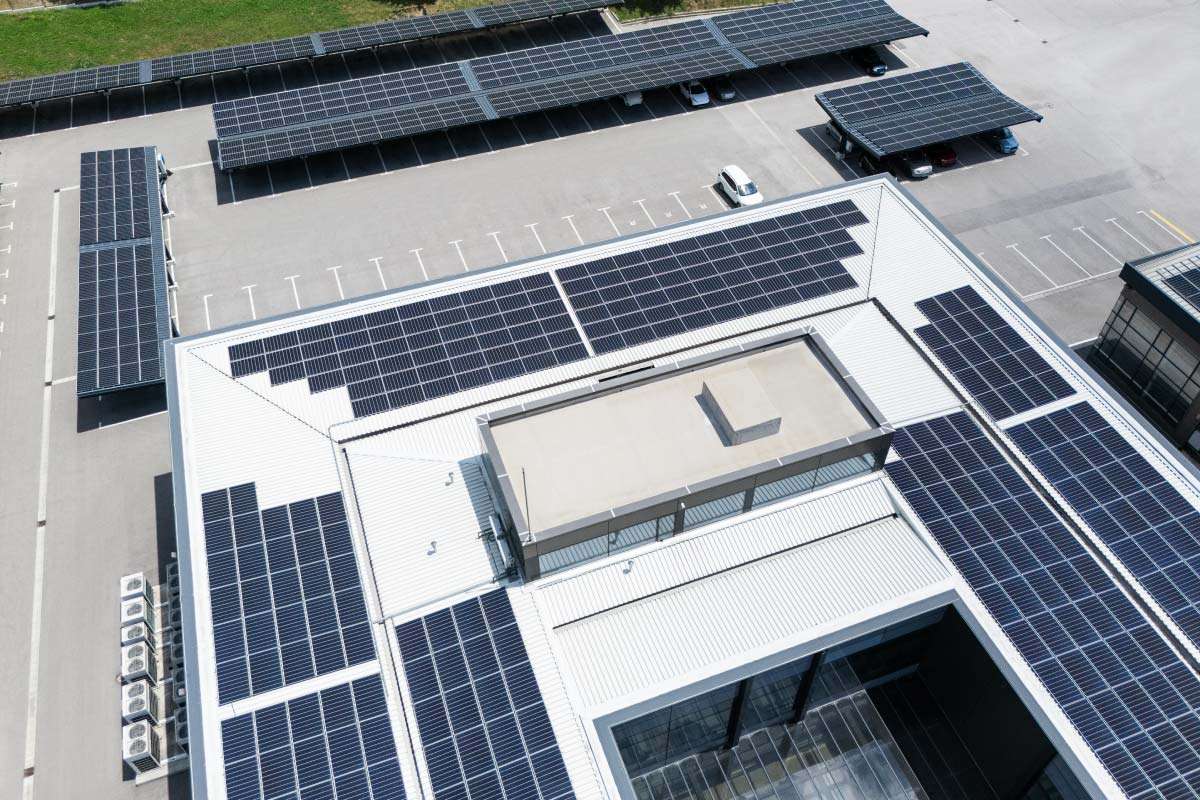N
et‑zero finance is at a turning point. In recent years, global banks pledged to align lending with climate targets through alliances such as the Net‑Zero Banking Alliance. Yet many of the largest U.S. institutions—JPMorgan Chase, Citi, Bank of America, Goldman Sachs—have begun to withdraw or distance themselves from these commitments. The once‑unified financial stance is fragmenting, and real‑estate financing may feel the impact most sharply.
Not all lenders are retreating. Several smaller banks are intensifying climate‑aligned lending as a growth engine, expanding portfolios in energy‑efficient multifamily housing and low‑carbon commercial properties. They are building internal systems to track and manage portfolio emissions, using science‑based targets as risk‑management tools. This counter‑trend shows that emissions‑conscious lending can be profitable and strategically sound.
For developers and owners, the shift matters. As major banks pull back, underwriting criteria may loosen, especially for older buildings or projects needing significant capital for decarbonization. With reduced lender pressure to meet emissions benchmarks, incentives to invest in retrofits, high‑efficiency systems, or sustainable materials may wane. The absence of shared metrics from finance makes it harder for capital markets to value green buildings consistently.
Despite the banking retreat, some U.S. real‑estate leaders remain committed to net‑zero. Industrial REIT Prologis follows science‑based pathways; ULI Greenprint members like Boston Properties, SL Green, and Tishman Speyer report progress toward operational net‑zero. Private‑capital firms such as Galvanize acquire and retrofit legacy assets with full decarbonization goals, betting on tenant demand, regulation, and long‑term resilience.
The withdrawal of major banks raises a broader issue: without collective action and standardized frameworks, the transition burden falls unevenly. Developers eager to lead on climate may struggle to find lenders willing to price long‑term environmental performance. Net‑zero real‑estate finance is not dead, but it has lost the top‑down momentum that once made it seem inevitable. The next phase hinges on market leaders proving that decarbonization is not only ethical but also financially essential.















